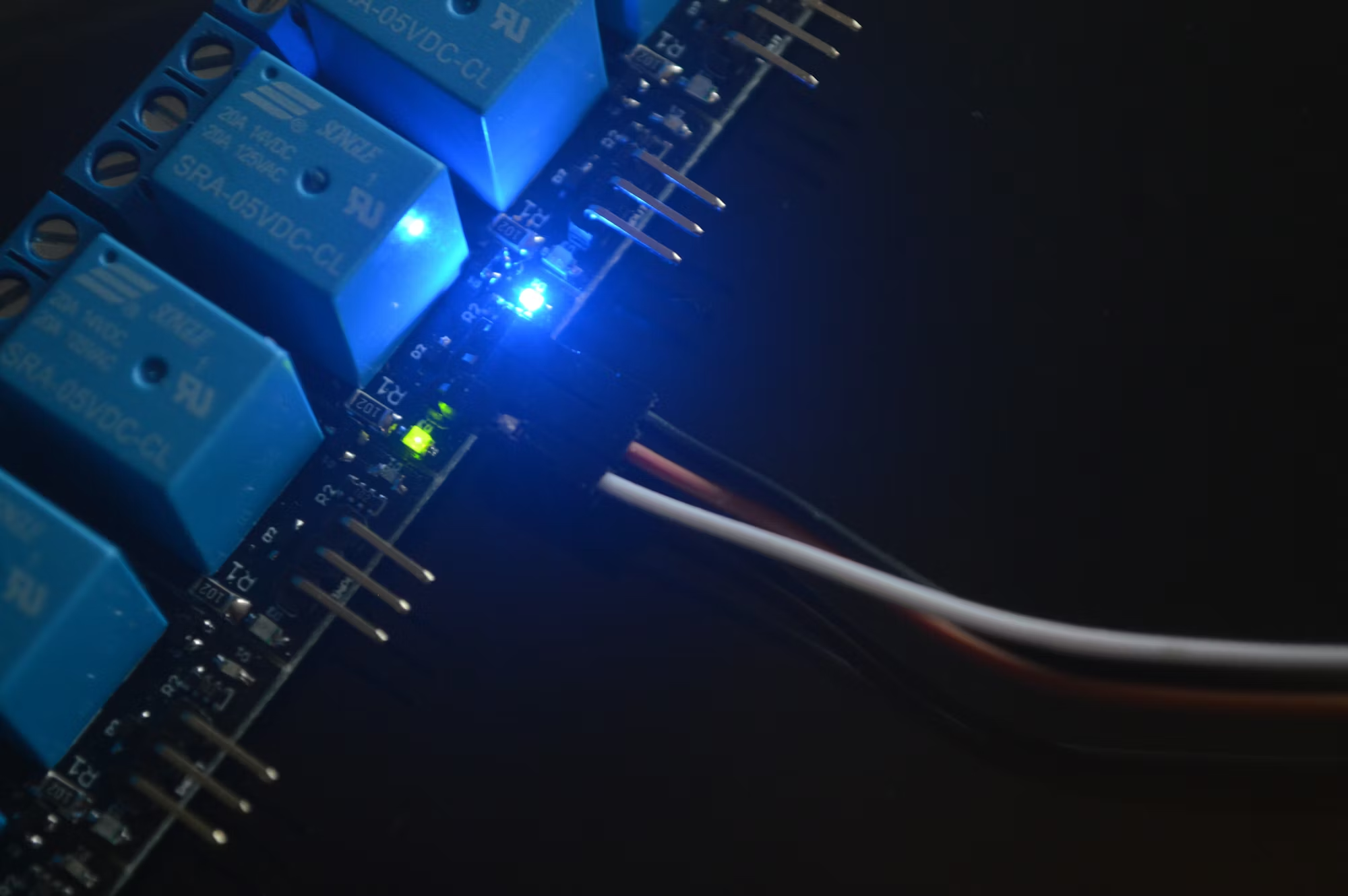In an increasingly interconnected world, communication devices have become the linchpin of modern technology. From smartphones to network routers, these devices enable seamless interaction, transforming how we share information and connect with one another. This article delves into the different types of communication devices, their functions, and the significant role they play in shaping our daily experiences.
At the forefront of communication technology are modems and routers, which form the backbone of internet connectivity. A modem, short for modulator-demodulator, is essential for converting digital data from a computer into analog signals that can be transmitted over telephone lines or cable systems. Conversely, it also converts incoming analog signals back into digital data for the computer. This bidirectional communication enables users to access the vast resources of the internet, making modems critical for home and business networks alike.
Routers complement modems by directing data traffic between networks. They ensure that data packets are efficiently routed to their destinations, facilitating communication between multiple devices connected to the same network. By using routing protocols, routers determine the best path for data to travel, enabling seamless access to the internet for smartphones, laptops, and smart home devices. In this way, routers play an indispensable role in managing network traffic and maintaining connection stability.
The advent of wireless communication has further expanded the landscape of connectivity. Wireless transmitters and receivers allow devices to communicate without physical connections, utilizing radio waves, infrared signals, or microwaves. Technologies such as Wi-Fi and Bluetooth have revolutionized how we connect and share data, enabling everything from wireless printing to smart home automation.
Wi-Fi, in particular, has become a household name, allowing multiple devices to connect to the internet without wires. Wi-Fi networks use radio waves to transmit data over short distances, providing flexibility and convenience in accessing online resources. This has led to the proliferation of wireless devices, from smartphones and tablets to smart TVs and home security systems, all benefiting from the ability to connect without cumbersome cables.
Bluetooth technology complements Wi-Fi by facilitating short-range communication between devices. Commonly used for connecting peripherals like headphones, speakers, and fitness trackers, Bluetooth enables a wire-free experience that enhances mobility and ease of use. The simplicity of pairing devices and the ability to connect multiple devices simultaneously have made Bluetooth a staple in everyday technology.
As communication devices continue to evolve, the rise of mobile technology has transformed how we engage with the world. Smartphones, which integrate a wide range of communication functionalities, have become ubiquitous. These powerful devices combine the features of a phone, camera, and computer, providing instant access to information and communication on the go. With mobile applications that enable everything from social networking to online banking, smartphones have become essential tools in our daily lives, shaping how we interact with others and consume information.
In addition to smartphones, smart speakers and virtual assistants have emerged as key players in the communication device landscape. Devices like Amazon Echo and Google Home utilize voice recognition technology to respond to user commands, providing information, controlling smart home devices, and facilitating communication through voice calls or messaging services. This voice-first approach enhances user experience, making technology more accessible and intuitive.
Communication devices also play a vital role in business environments. Unified communication systems integrate various communication tools—such as instant messaging, video conferencing, and email—into a single platform, streamlining collaboration among teams. These systems enhance productivity, allowing employees to communicate effectively regardless of their physical location. As remote work becomes increasingly common, the importance of reliable communication devices in facilitating teamwork cannot be overstated.
Moreover, advancements in networking technologies, such as 5G, promise to further revolutionize communication. With faster data speeds and lower latency, 5G networks enable real-time communication and support a vast array of devices simultaneously. This technology opens up new possibilities for applications like augmented reality, smart cities, and the Internet of Things (IoT), where everyday objects are connected and communicate with one another.
In the realm of IoT, communication devices serve as the interface between users and a network of connected devices. Smart home technology exemplifies this trend, with devices such as smart thermostats, lighting systems, and security cameras communicating with each other and the user through a central hub. These devices enhance convenience and security, allowing users to monitor and control their home environment remotely through smartphones or voice commands.
As we look toward the future, the impact of communication devices on our daily lives will only grow. The ongoing development of faster, more efficient technologies will enable even greater connectivity and interactivity. Emerging trends, such as edge computing and artificial intelligence, will enhance the capabilities of communication devices, making them smarter and more responsive to user needs.
In conclusion, communication devices are the foundation of our interconnected world, facilitating the exchange of information and enabling us to connect with others in meaningful ways. From the basic functions of modems and routers to the advanced capabilities of smartphones and smart home technology, these devices shape our daily experiences and influence how we interact with the world around us. As technology continues to evolve, embracing new innovations will be essential in maximizing the potential of communication devices, ensuring that we remain connected in an ever-changing digital landscape.









